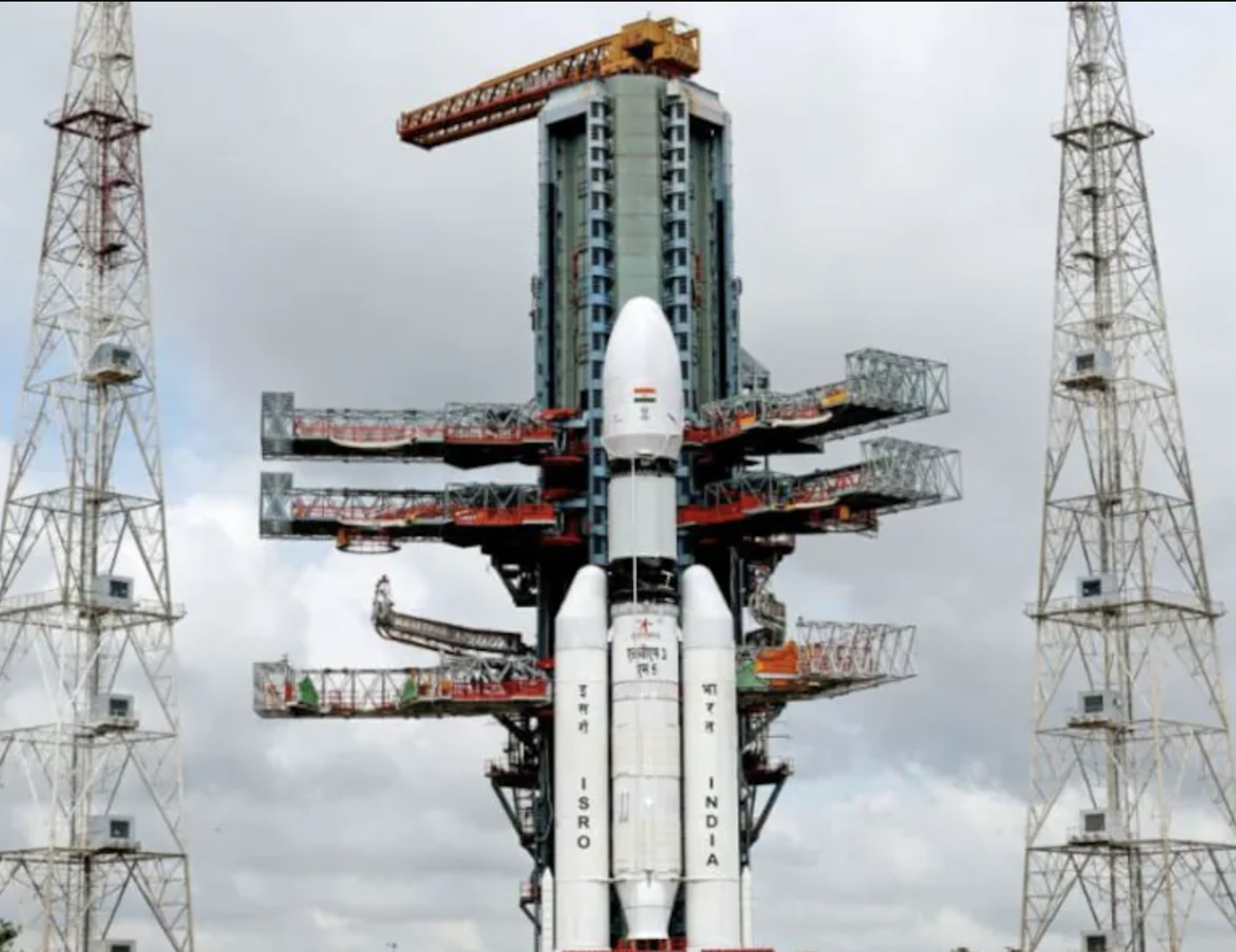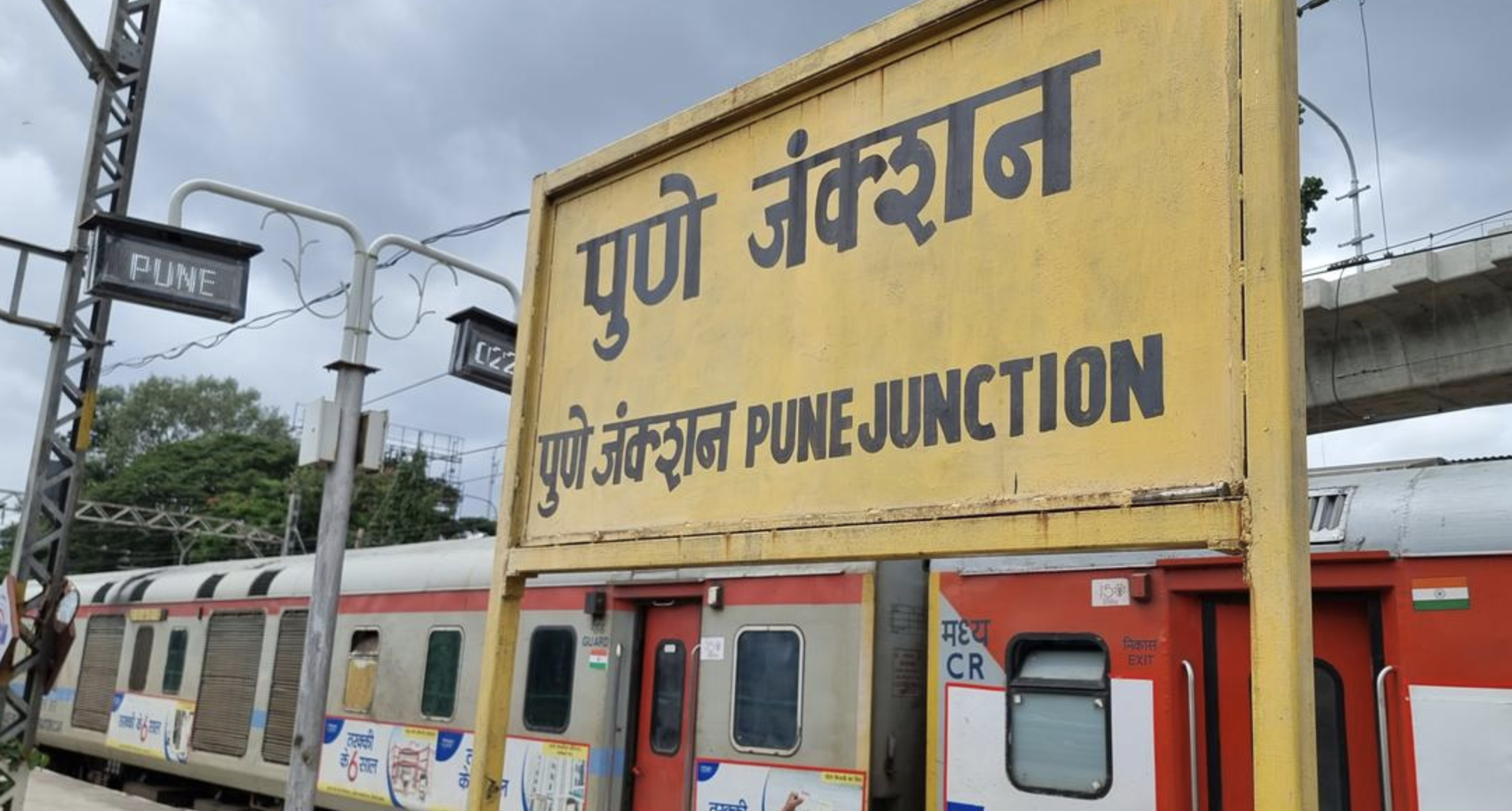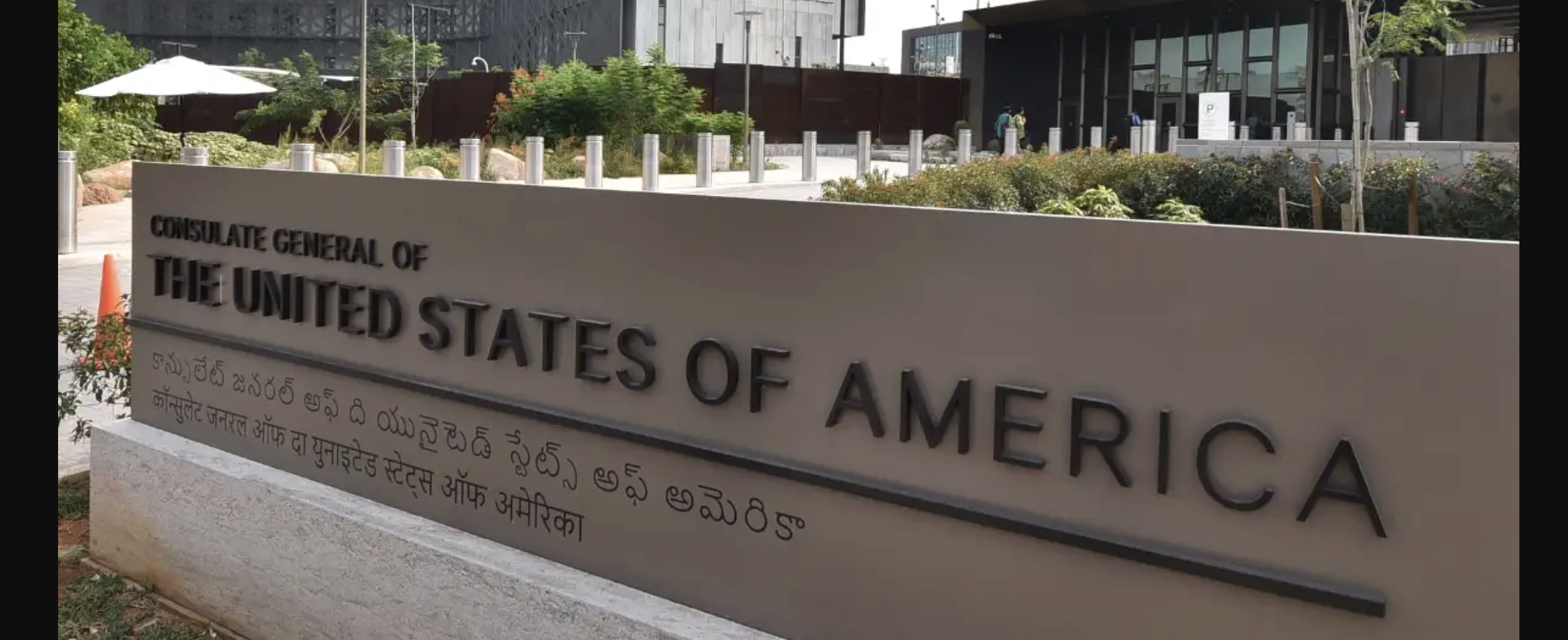This is an Exclusive Blog by Mr. Piyush Kulshreshtha, Founder & CEO of Khul Ke
Have you ever wondered what it takes to become an internet sensation, attracting millions of viewers from around the globe to your content? If you guessed short-form videos filled with creativity, quirkiness, and a touch of personality, your hunch would be spot on. Just look at the meteoric rise of short video platforms like YouTube Shorts and Instagram Reels over the past year. YouTube Shorts saw consumption skyrocket by a staggering 3,940% in 2023, rapidly catching up to Instagram Reels in terms of viewership and reach. And Instagram Reels itself is no slouch, having experienced a 171% surge in engagements on the social media platform.

The numbers from India highlight this explosive growth even further. Engagement on YouTube shorts in the country amplified an astonishing 3,940%, gathering a mind-boggling 1.5 billion daily views. It’s clear that short-form video has captivated audiences worldwide. So what is driving this uptick, and does short-form content have staying power? Let’s dive deeper into the trends, appeal factors, and future outlook shaping the rapid ascent of snackable video. Immerse yourself in the dynamic world of short-form video creation, distribution, and consumption. Trending topics, viral sounds, unique editing styles—it’s all here. The stage is set; now let the shortened spectacle unfold before your eyes in all its rapidly-scrolling glory!
Attention spans getting shorter as scrolling hours get longer
Our attention spans are diminishing rapidly, perfectly primed for the rise of snackable short-form video content. Consider the numbers: back in 2004, the average video viewer engaged for 2.5 minutes. Fast forward to 2023, and new research shows our focus has plunged to just 47 seconds. This precipitous decline coincides directly with the growth of short video platforms like YouTube and Instagram. Features like YouTube Shorts and Instagram Reels serve up bite-sized clips built to grab attention and satisfy our craving for constant novelty. It appears that this constant influx of easily digestible content is rewiring our brains. Studies suggest that when we consume mostly short videos packed with quick cuts, dynamic edits, and immediate payoffs, our ability to concentrate diminishes. We come to expect gratification faster, seeking quick hits of dopamine versus settling in for the long haul.
The data demonstrates that short form content is undoubtedly winning the war with our wavering awareness. As of December 2022, videos under 60 seconds represented a staggering 55% of all YouTube views. People are more likely to watch short videos less than 2 minutes long from start to finish. We just can’t peel our eyes away from these fleet-footed feats of mini-filmmaking. Brands recognize this too; videos less than 60 seconds now account for 88% higher engagement versus websites with longer videos. When every second counts, short-form content spreads awareness quickly and widely.
So while chunks of our attention may be eroding away, short video creators continue condensing content to fill the fragments that remain. And our thumbs keep scrolling for more in return, hour after fleeting hour.
A Fortune of Business: The Future of short form video is tenaciously long
The meteoric rise in the short video shows no signs of slowing down, especially in India. The user base consuming snackable clips is predicted to reach a staggering 600 to 650 million by 2025. And current daily active users, numbering over 200 million Indians from 2022, are spending up to 45 minutes per day getting their quick video fix. The growth has already been exponential, with the Indian short-form market expanding 3.5x in viewership and a whopping 12x in total time spent on these addictive platforms over just the past two years. Daily time on short videos is forecasted to reach 55 to 60 minutes per Indian user by 2025.
Overall, time spent watching short-form content also looks to skyrocket from 12 billion hours currently to a preposterous 80–90 billion in the coming years. This hockey stick trajectory can be attributed to India’s massive digital community—640 million using the internet and 550 million wielding smartphones. Still, with short video only penetrating about 60% of online users compared to over 90% in China, there remains tremendous room for growth.
The numbers speak for themselves; the short-form video has clearly caught lightning in a bottle. Popularity is peaking, the industry sits firmly in the hands of viewers and their cravings, and early projections all point to this creative medium having real staying power. But even with data on our side, are we truly privy to what the real future looks like for short videos? Only the next unforeseeable viral hit holds the key—and our famously flickering focus—until then.
The short form future needs a long look
In always chasing the next flashy trend and viral meme, our focus fails to linger long enough to drive meaningful discourse. While short videos excel at capturing interest in the moment, longer conversations are needed to tackle complex issues. And too often, social media influence is handed to those churning out cringe-worthy content rather than credible voices capable of enlightening.
The good news is that a wave of change may be on the horizon. Trailblazing startups recognize the chance to reshape social media, blending entertainment with insight. Homegrown brands are pushing out newer, more customized platforms celebrating both concise and long-form content equally. As young Indians become more digitally immersed, some homegrown social platforms promise not just engagement but purposeful dialogue, encapsulating the vibrant spirit of this nation in every share, post, and interaction. So while fusillades of flashy short videos may rule for now, the stage is set for a content-balancing act. More voices are realizing that quality over quantity is the key to meaningful reach and influence. With this awakening, the future looks bright for social media in India wherein it can be a channel for purposeful conversations, profound dialogue and meaningful connections.













